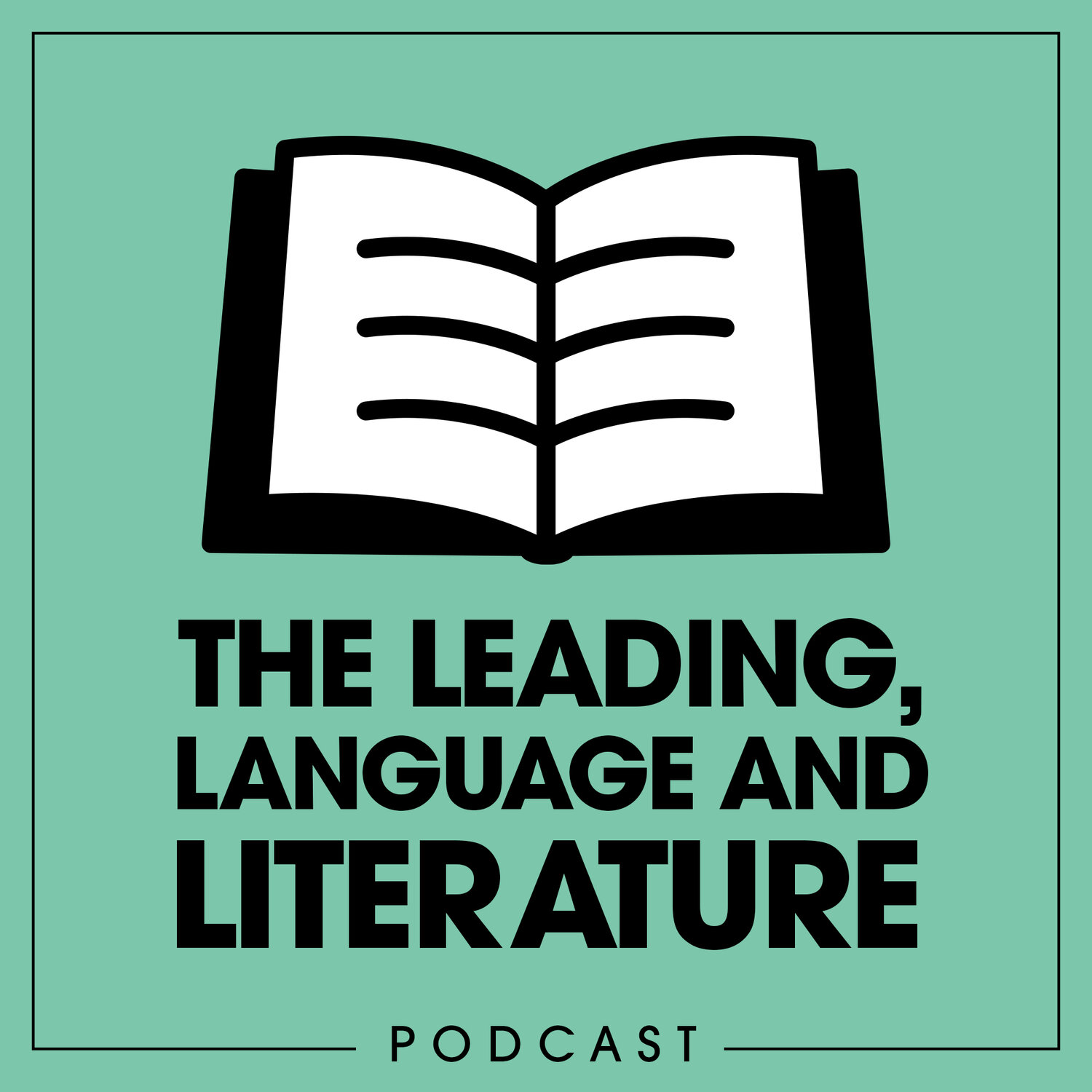The Balance Blog
Curriculum design, like classroom instruction, brings most of teaching’s greatest joys and sternest challenges in equal measure. However, whilst you’ll find it harder to continue ‘getting away with it’ when failing to engage a group of lively teens, it is easier to blame a myriad of external forces regarding why their curriculum stagnates.
Internally imposed priorities, exam providers changing course design as well as new and compelling research means that we may feel like we’re trying to hit a moving target. Added to that is the ever growing backlog of mainstream pedagogical books you haven’t read that everyone else seems to be loving on Twitter. All of which can make it feel like there’s just too many forces preventing you from perfecting (or even getting started on) what the kids actually learn.
As a case in point, I work in an IB school. We teach the IB Middle Years Programme, IGCSE and IB Diploma Programme. Consequently, a middle school unit of study, lasting 6-8 weeks, may be expected to include all of the following, depending on who you ask:
A Key Concept that allows for transfer between subjects (e.g. Communication)
Two Related or Disciplinary Concepts (e.g. Character and Structure)
A Global Context that roots learning in real world ideas (e.g. justice and democracy)
A process of inquiry in which the students take some form of ownership over their learning and/or assessment
A period of front-loading or foundational information needed for the inquiry and assessment to succeed
Tacit or explicit reflection on the development of students’ IB Learner Profile
Instruction that aids students to access the very highest bands of the assessment criteria across the 16 strands for English
Oracy
Instruction on how to effectively reflect during and after the learning process
Built in links to service learning so that the unit and its outcomes can be ‘authentic’
Consideration of a commitment to decolonise the curriculum and DEI more broadly
Opportunities for students to be exposed to rigorous texts that impart cultural capital
Recognition of the growing influence of AI / technology and what that might mean for students’ futures
Commitments to the UN’s Sustainable Development Goals in a way that involves direct, indirect, advocacy or research based action
The role of academic honesty when researching and producing new work
Allocated time for personal reading
Explicit vocabulary instruction
A metacognitive approach to students skill development, referred to as ATLs by the IB
Reading interventions or adaptive teaching methods for those who are falling behind
Writing interventions or adaptive teaching methods for those who are falling behind.
In isolation, each of these are arguably non-negotiables. All have a competitive demand for our attention. Instead, what tends to happen is a drift to the middle. Owing to a lack of time, depth of understanding and/or synthesis within teams, a handful of the above will take precedence. These will be the ones that probably ensure students are doing something on a day to day basis and the remainder, if asked about, may be bolted on somewhere to satisfy someone else at a later date.
This is not to say that those tasked with implementing each ‘priority’ secretly reject their respective relevance. It is more the mere balancing act of when, where and how each is included meaningfully within the horizontal, vertical or spiral conception of our curriculum.
This blog is an attempt to find a balance between these competing(?), complimentary(?) yet crucial elements of children’s education in English and how we can go about practically implementing it for them.
